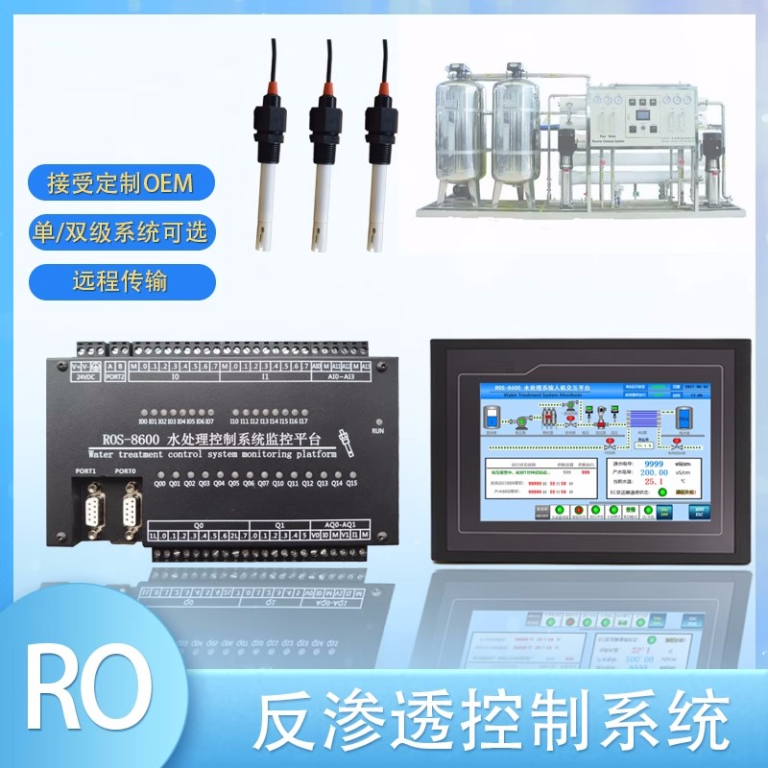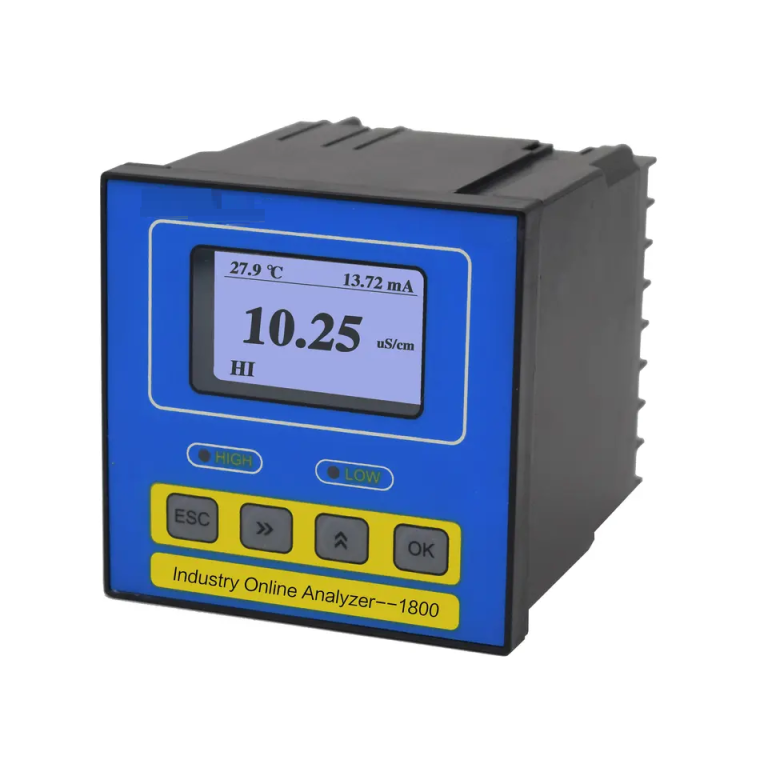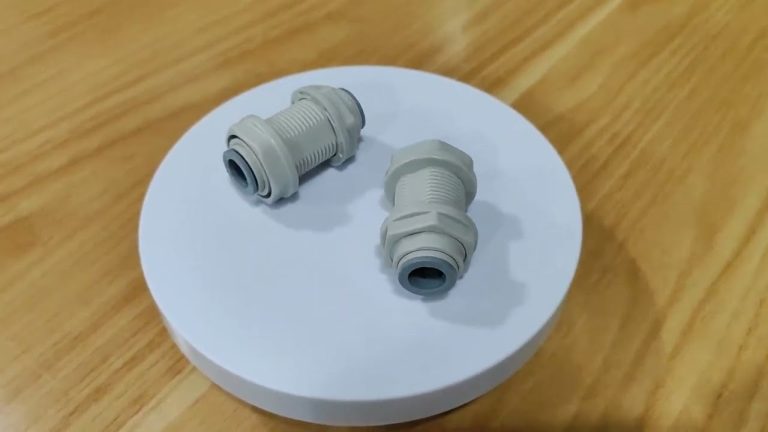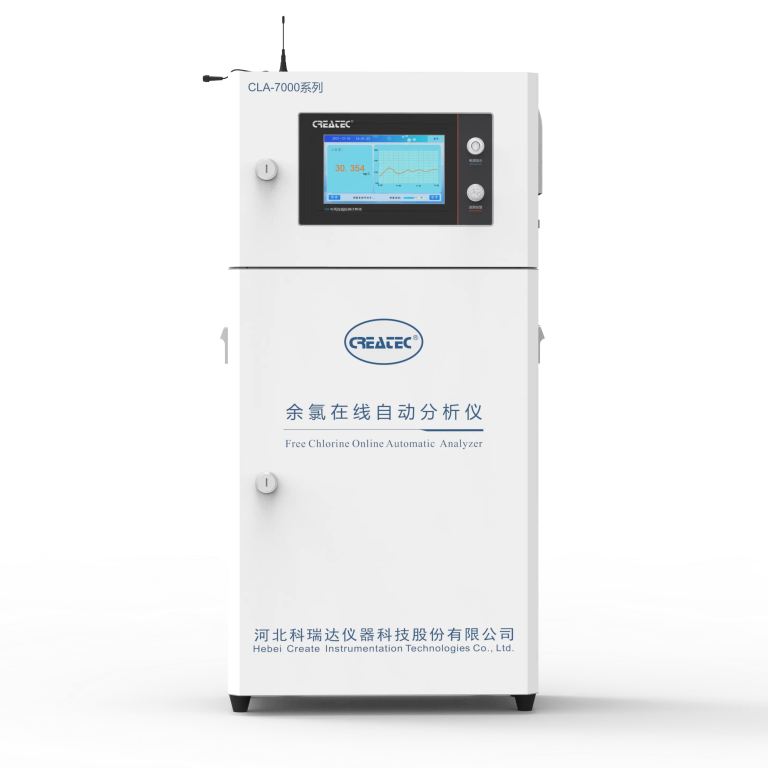“Valve bodies: controlling flow with precision.”
Understanding the Function of Valve Bodies in Mechanical Systems
Valve bodies are an essential component in mechanical systems, playing a crucial role in controlling the flow of fluids or gases. Understanding how valve bodies work is key to ensuring the efficient operation of various machines and equipment. In this article, we will delve into the intricacies of valve bodies and explore their function in mechanical systems.
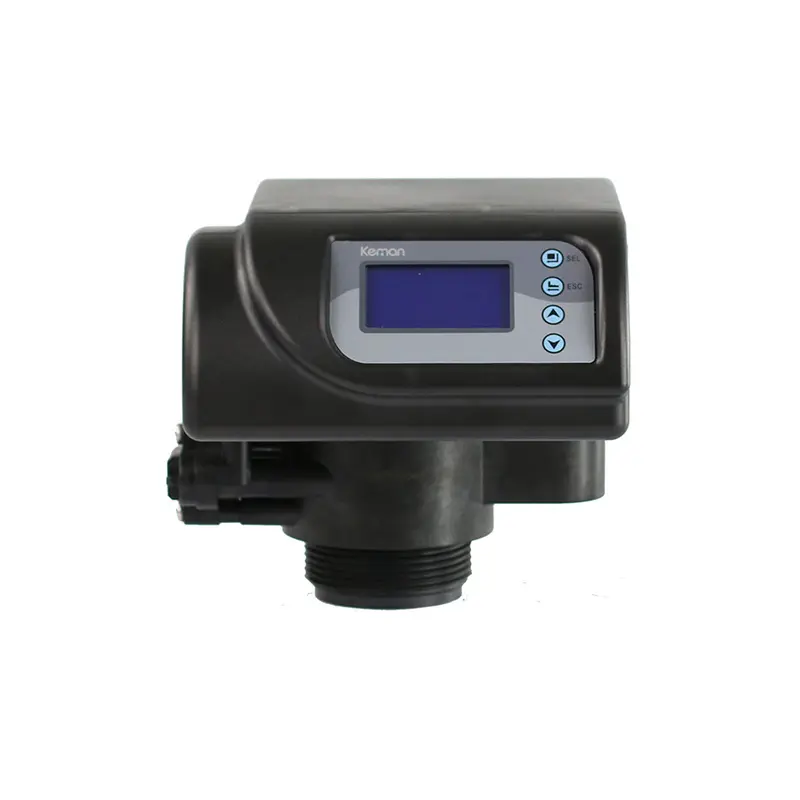
Valve bodies are typically made up of a housing, a valve seat, and a valve closure mechanism. The housing serves as the outer casing that contains the valve components, while the valve seat is where the fluid or gas flows through. The valve closure mechanism, which can be a ball, disc, or plug, is responsible for opening and closing the valve to regulate the flow of the fluid or gas.
When the valve is in the closed position, the valve closure mechanism blocks the flow of fluid or gas through the valve seat. This prevents any unwanted leakage or backflow, ensuring that the system operates smoothly and efficiently. When the valve is opened, the valve closure mechanism moves away from the valve seat, allowing the fluid or gas to pass through.
Valve bodies can be operated manually, using a handwheel or lever, or automatically, using an actuator. Manual valves are commonly used in applications where the flow rate needs to be adjusted manually, while automatic valves are preferred in situations where precise control is required.
| Model | MSS2 | ASS2 -LCD/LED |
| Working Position | Service->Back Wash->Upflow Brine and slow rinse-> Fast rinse->Refill the softener water->Service . | |
| Regeneration mode | Manual | Automatic type |
| Meter Delay | ||
| Meter immediate | ||
| Intelligent Meter Delay | ||
| Intelligent Meter Immediate | ||
| Timer by day : 0-99 days | ||
| Timer by hours: 0-99 hours | ||
| Inlet | 3/4” | 3/4” 1” |
| Outlet | 3/4” | 3/4” 1” |
| Drain | 1/2” | 1/2” |
| Base | 2-1/2” | 2-1/2” |
| Riser pipe | 1.05” OD | 1.05” OD |
| Water Capacity | 2m3/h | 2m3/h |
| Working Pressure | 0.15-0.6Mpa | 0.15-0.6Mpa |
| Working Temperature | 5-50° C | |
| Power Supply | No Need Power | AC100-240 / 50-60Hz / DC12V-1.5A |
One of the key functions of valve bodies is to regulate the flow of fluids or gases in a system. By adjusting the position of the valve closure mechanism, the flow rate can be increased or decreased as needed. This is crucial in maintaining the optimal performance of the system and preventing any damage or malfunction.
Valve bodies also play a role in controlling the pressure within a system. By adjusting the flow rate through the valve, the pressure can be regulated to ensure that it remains within safe operating limits. This is particularly important in systems where high pressures are involved, as any fluctuations could lead to catastrophic failure.
In addition to regulating flow and pressure, valve bodies can also be used to isolate different sections of a system. By closing off a valve, a specific section of the system can be isolated for maintenance or repair without affecting the rest of the system. This allows for efficient troubleshooting and minimizes downtime.
Overall, valve bodies are a critical component in mechanical systems, providing control over the flow, pressure, and isolation of fluids or gases. Understanding how valve bodies work is essential for ensuring the efficient operation of various machines and equipment. By mastering the function of valve bodies, engineers and technicians can optimize the performance of mechanical systems and prevent costly downtime.

